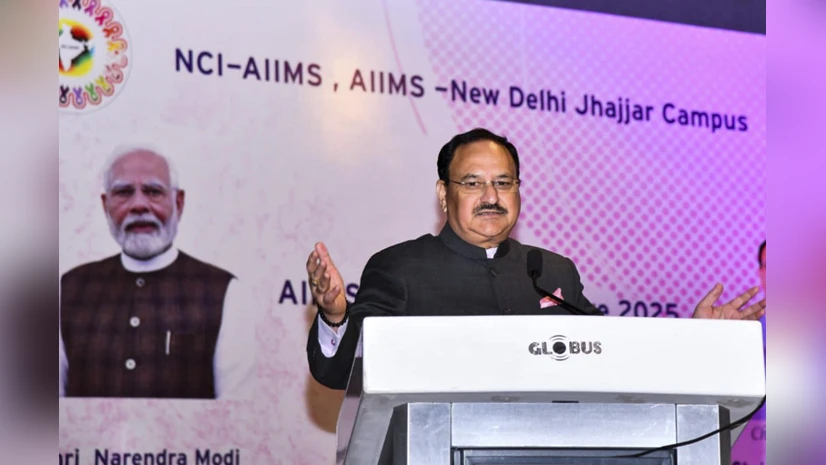Maternal Mortality Ratio drops 33 points to 97 in 2018–20: J.P. Nadda

Maternal Mortality Ratio drops 33 points to 97 in 2018–20: J.P. Nadda
Union Health Minister J.P. Nadda informed the Rajya Sabha that India has achieved the National Health Policy (NHP) 2017 target of reducing the Maternal Mortality Ratio (MMR) to 100 per lakh live births by 2020 and is steadily progressing towards achieving the Sustainable Development Goal (SDG) target of 70 by 2030.As per the Sample Registration System (SRS) data released by the Registrar General of India (RGI), the MMR declined by 33 points, from 130 (2014–16) to 97 (2018–20) — a significant achievement reflecting progress in women’s reproductive health.India’s MMR reduction (83%) outpaces the global average reduction (42%), and similarly, the Under-Five Mortality Rate (U5MR) decreased by 75%, exceeding the global average decline of 58%.
Key Initiatives Driving the Progress:
- Surakshit Matritva Aashwasan (SUMAN) Initiative (2019):
Ensures assured, dignified, respectful, and quality healthcare at no cost for every woman and newborn visiting public health facilities.
Categorizes facilities into Basic, BEmONC (Basic Emergency Obstetric and Newborn Care), and CEmONC (Comprehensive Emergency Obstetric and Newborn Care) centres. - National Quality Assurance Standards (NQAS):
Certification of all notified healthcare facilities to maintain and monitor service quality. - Respectful Maternity Care Component:
Provides for a birth companion of choice, client feedback through ‘Mera Aspataal’, and a robust Grievance Redressal mechanism. - Midwifery Training Programme:
Aims to train Nurse Practitioner Midwives (NPMs) with international-level competence to support natural and positive birthing experiences, minimize medical interventions, and enhance maternal outcomes.
Significance:
- India’s declining MMR is a major milestone in achieving SDG 3.1, which aims to reduce global maternal mortality to below 70 per 1,00,000 live births by 2030.
- Reflects strengthened maternal health infrastructure, skilled workforce training, and improved institutional delivery systems.
Updated - Mar 18 2025 ; 5:31 PM | Business Standard